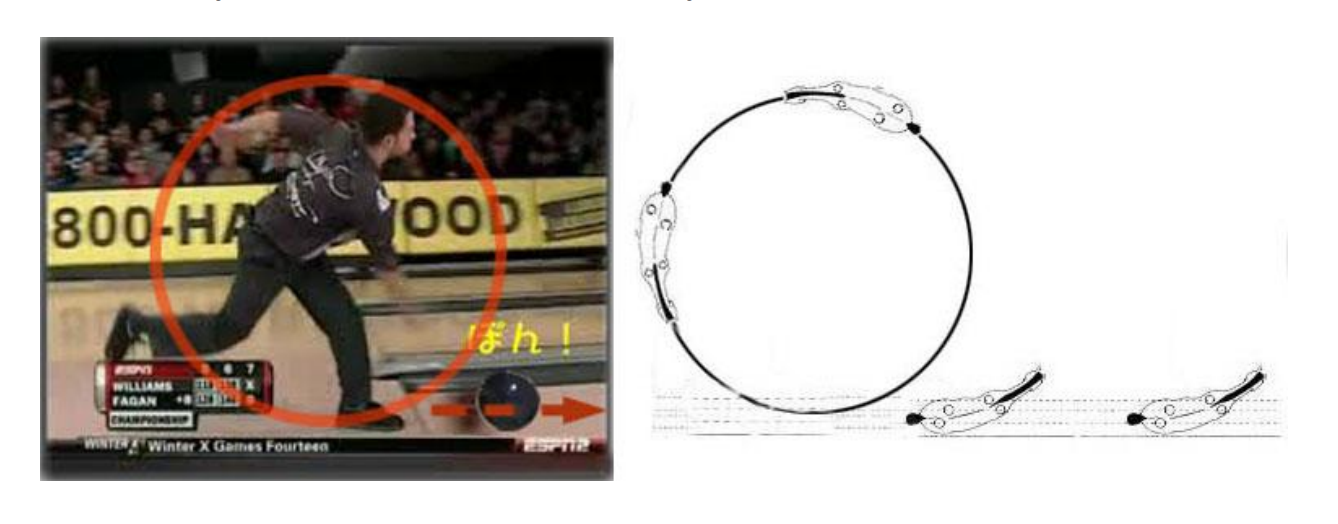Search the Site
Guest Blog post # 79: "One Ball, One Strike" by Bill Woods
A lot of bad shoulder-in out there and often committed by riders with the best of intentions. I’m not talking about the blatant disasters—the pull on the inside rein, collapse the inner hip, pop the horse’s outside shoulder down the track kind of malfeasance. I’m thinking of the more subtle ones where the rider diligently tries to follow all the jumbled instructions and checklists in her head and it still doesn’t work.
Sometimes the rider is simply doing too much or doing a good thing much too late. I specifically remember being told “make a ten-meter circle, start a second one, and then with a half halt, change your/his mind, and carry the horse sideways down the track.” That advice does, in fact, produce a shoulder-in but not a fluid one, especially not at its start.
So I’m thinking it’s time to put on your turquoise satin bowling shirt (with your first name in script over your heart) and make a virtual field trip down to Starlite Lanes. Picture the arc a bowling ball makes as your arm swings down and forward to deliver it onto the alley. No bounces, no hitches. Fluidity! 
Instead of making a half halt to begin the shoulder-in, it works better to have made all your re-balancing corrections before you ever get there. Try this: test whether your aids are surrounding the horse and helping him travel “uphill” about halfway around the ten-meter circle, and if necessary, repeat the preparation three quarters of the way around it. Then when you want to begin the actual shoulder-in, there’s no need to interrupt him. Simply take your hips (which are positioned as on the circle) down the track. As the horse follows your weight, he’ll glide there without distraction.
If you want a more expressive trot, activate both hind legs with both of your legs. Don’t chase him out of his balance with an aggressively pushing inside leg. Keep “the bubble” centered, and if it is, don’t interfere with him.






